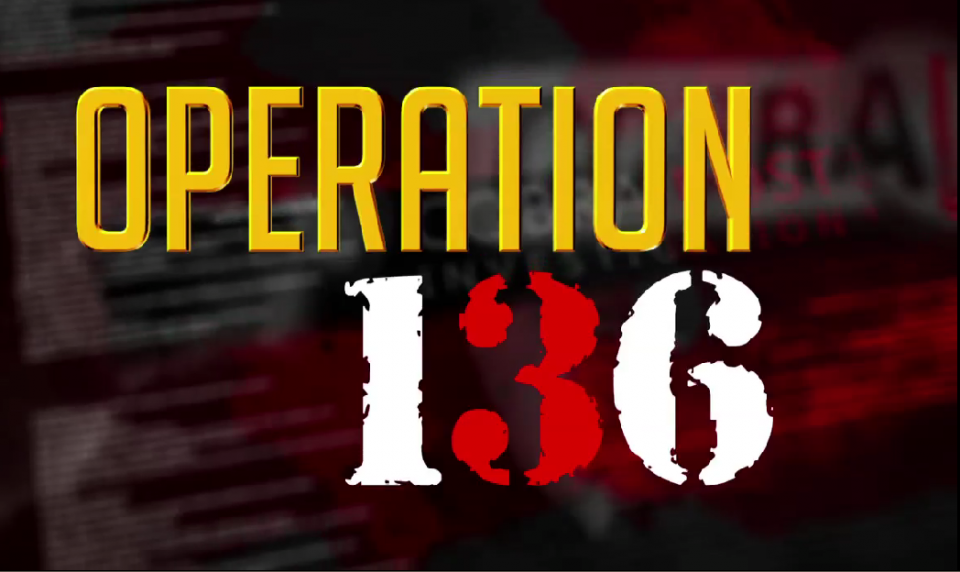The digital has ensured that every news/information reaches the public, whether prime-time media reports it or not.
Imagine coming back home from a long day at work and tuning into the news. You are constantly surfing channels and you stumble upon a debate. The topic seems interesting so you decide to stick to it. Before it’s too long, you are subjected to constant bickering and yelling without it having any relevance to the topic. You skim through more channels and end up with the same result. So you settle for one, anyway.
News channels, once upon a time covered news that was of relevance to the state it focused on or the nation. It was the bearer of details that the naked eye would often miss. However, now the process of gatekeeping is so widely inculcated in the system that one cannot distinguish between the importance of the news that is being shown when compared to the grass root reality. The amount of filters that a news might have to go through to reach its audience has created a situation in which often the on-screen reality is far off from the original situation.
Mainstream media, for the longest, has acted as the bearer of news, be it good or bad; but what has changed in the recent time? The audience of mainstream new channels is being subjected to the news that reeks of propaganda through the closed doors of hush-hush discussions. The nexus between the mainstream media politicians and corporates has led to a sharp decline in the credibility news channels once held. So much so that sometimes these channels indulge in self-censorship over issues that are of importance to the people.
Operation 136
Reporters Without Borders, every year publishes World Press Freedom Index. Last year, India ranked at 136. Taking reference from that, Cobrapost, a well-established website for investigative journalism launched its Operation 136. This operation unfolded itself in two parts. During its initial stage, Cobrapost just released a sting operation text that had a list of big media houses that were more than willing to plant the idea of Hindutva with varying sums of money. Not just mainstream media but entertainment channels and web portals were ready to serve the drive.
During its recent revelations, Cobrapost released videos of the sting operation it did on big application based companies, mainstream media houses and news channels. The video showed the CEOs of various news agencies, channels and apps that were ready to promote the idea of Hindutva softly and even leak out information about their consumers.
The release of these videos on digital media and not on mainstream media was done to make a point. This release was just another way to point in the direction that mainstream media would not play this and digital media now gives us the liberty to express our thoughts freely.
Is digital media the new watchdog for people?
Digital media is now a platform that is democratic in its truest form. Sometimes, even if it has acted as a proprietor of fake news. It has also acted as the stage for these fake stints to get busted.
Around the time when demonetization was imposed in the country and the banning of notes of Rs 500 and Rs 1000 took place, and new notes of Rs 2000 were introduced, fake messages on WhatsApp regarding GPS nano chips implanted in the notes were circulated.
The message read:
“RBI to issue ₹2000 Rupees Notes coming February 2017
India is all set to add one more denomination to its currencies shortly. The Reserve Bank of India (RBI) will be issuing Rs 2,000 currency notes, the highest to come into circulation, even as some experts feel7 high-value denominations should be discontinued to curb black money.
The Rs 2000 currency is designed keeping in mind to eradicate the black money issues using state of the art indigenous nanotechnology, every Rs. 2000 currency note is embedded with an NGC (Nano GPS Chip).
Just a beginning of the end of black money in India.”
Though this message turned out to be fake news, it was only on digital media that this announcement of this news being fake was posted.
Digital media sometimes also takes up the issues that the mainstream media will not generally discuss. Unlike mainstream media, digital is a two-way platform which facilitates the audience to get engaged to the content to a greater degree. So, the audience can not only see and read the news but can also react to it and participate in a discussion/debate on it. For example, The Judge Loya Death case was widely discussed on the social media platform which eventually forced the mainstream to take it up. The digital has ensured that every news/information reaches the public, whether mainstream media reports it or not.
The coverage of Cobrapost investigation shows that the digital media was quick to pick the news and run it while most of the mainstream news channels are still keeping away from reporting it. With Mainstream lagging behind in performing its duty, the Digital media is the need of the hour.
As an independent media platform, we do not take advertisements from governments and corporate houses. It is you, our readers, who have supported us on our journey to do honest and unbiased journalism. Please contribute, so that we can continue to do the same in future.

